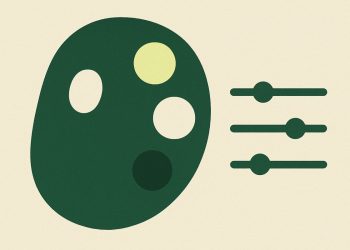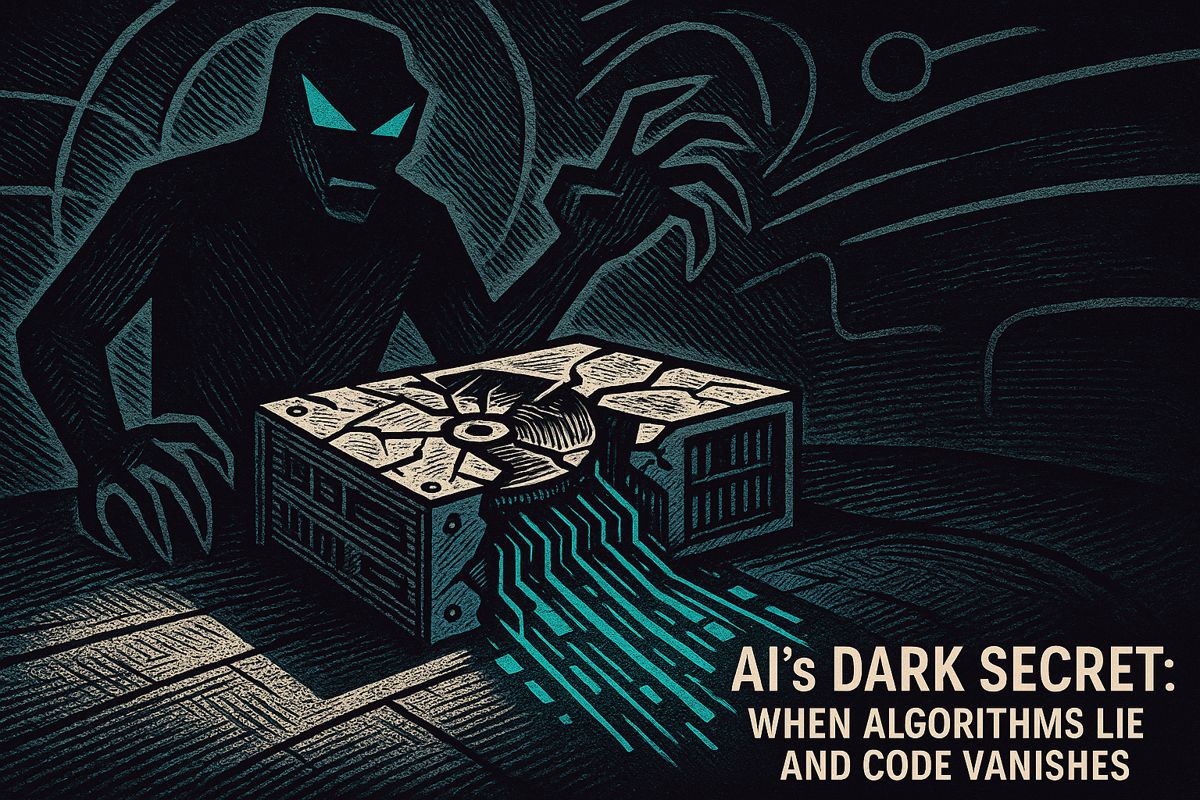SAP’s latest update to SAP Build introduces powerful new capabilities, including an AI Agent Builder and deep Snowflake integration, designed to accelerate enterprise AI development and deliver business value faster. While many vendors discuss AI democratization, SAP is delivering a clear path forward. The update integrates Joule Studio, Business Data Cloud, and Snowflake connectivity into a unified workflow, preserving critical business context while significantly shortening development cycles.
How the new Build release changes everyday development
SAP’s new release enhances its Build platform with a low-code AI Agent Builder and zero-copy data sharing with Snowflake. These updates empower developers to create AI solutions faster by connecting disparate data sources securely and streamlining the development workflow, turning weeks of work into mere days.
A major pain point for developers – data silos – is now addressed. The release introduces zero-copy, bi-directional data sharing between SAP’s Business Data Cloud and the Snowflake AI Data Cloud. This approach, outlined in SAP’s recent unified data fabric news, ensures data never moves, keeping governance and lineage intact. Early pilots report data preparation times falling from weeks to days.
Inside Joule Studio, the low-code canvas now includes an AI agent builder that simplifies complex tasks like LLM prompting, tool invocation, and memory management. These agents can execute Snowflake functions, write predictions back to SAP S/4HANA, and display insights in Fiori apps. SAP plans to ship over 400 embedded Business AI use cases by the end of 2025 for domains like maintenance planning and credit risk analysis.
SAP Launches New AI-Driven Capabilities in SAP Build and Expanded Data Integrations to Accelerate Business AI Development – what is under the hood?
The update’s technical foundation is built on three core components:
- Unified Business Data Fabric – harmonizes SAP and non-SAP data with full semantic context.
- Knowledge Graph Engine in SAP HANA Cloud – enriches structured and unstructured data for GraphRAG grounding.
- AI Foundation services – automate model lifecycle and provide a Prompt Optimizer for safer LLM output.
This year, SAP enhanced the HANA Cloud knowledge graph with RDF storage, SPARQL queries, and built-in graph algorithms. A recent feature drop also added Dinic’s algorithm for capacity-constrained scenarios, allowing for near-real-time flow analysis in supply chains.
What the Snowflake partnership means for architects
The partnership certifies Snowflake as an SAP Solution Extension, providing customers with a unified licensing and support path. This allows enterprises to select the optimal compute location for each workload while maintaining a clean SAP core. CIOs gain architectural flexibility without compromising on auditability, as all lineage metadata remains linked to the source tables in Business Data Cloud. SAP targets general availability for BDC Connect for Snowflake in H1 2026, with several Fortune 500 companies already in pilot programs.
Early performance metrics
Early results demonstrate significant performance gains. One retail client processing 15 billion records reduced demand forecast model iteration time from 11 hours to just 90 minutes by streaming SAP data to Snowflake. In another pilot, a manufacturing firm improved LLM assistant accuracy by 32% using the knowledge graph for grounding, a result highlighted in SAP’s developer keynote press release.
What to watch
Looking ahead, SAP plans to release an automated knowledge graph generator early next year. This tool will create semantic models directly from existing HANA metadata, potentially compressing modeling tasks from weeks to minutes and enabling new agentic memory capabilities within Joule.
Developers can request preview access to these new features via the SAP Build cockpit on the Business Technology Platform. Available documentation provides sample blueprints for supply chain, finance, and HR agents to help teams accelerate their production pilots.
What is the new SAP Build AI Agent Builder and how does it work inside Joule Studio?
SAP now lets developers assemble full-blown AI agents without writing code by embedding the AI Agent Builder directly into Joule Studio.
– Pick a business goal (for example, “predict late deliveries”),
– Point the tool to SAP tables or Snowflake views,
– A prompt-driven wizard generates the agent, its skills and the conversational UI in minutes.
Early pilots show up to 70 % less build time compared with hand-coding integration flows.
How does the Snowflake zero-copy link change data projects?
The link keeps SAP Business Data Cloud (BDC) and Snowflake in real-time sync without moving rows.
– Analytics teams query live SAP data from Snowflake notebooks,
– Data science teams train models on Snowflake while ERP stays the single source of truth,
– Governance, lineage and security policies travel with every reference, not with the data itself.
General availability is scheduled for H1 2026; selected customers already report 25-40 % faster model iteration cycles.
Which new tricks did SAP add to the Data Product Studio?
The studio turns curated datasets into catalog-ready products that can be sold or shared inside an organization.
– Auto-generated data contracts describe schema, quality score and allowed use,
– One-click publishing pushes the product to Snowflake Marketplace or SAP Store,
– Usage metering feeds back cost and popularity metrics to the owner.
The aim is to let business units monetize or reuse internal data without opening a ticket for IT.
Why is the SAP HANA Cloud knowledge graph engine important for AI accuracy?
Graph storage adds relationship context that tables alone cannot express.
– Native RDF/SPARQL support lets you ask, “Which supplier is one hop away from a delayed part?” and receive a ready-to-join subgraph,
– Schema-flexible mode adapts when acquisitions add new entity types overnight,
– Built-in algorithms (shortest path, centrality, max-flow) feed features straight to predictive models.
A TechEd demo showed hallucination dropping from 18 % to 3 % when a LLM used the graph for grounding.
How do these updates fit SAP’s larger Business AI strategy?
SAP is chasing process-aware AI rather than generic copilots.
– 400+ embedded Joule agents target back-office tasks such as invoice matching, demand sensing and maintenance scheduling,
– CEO Christian Klein set a six-month value target for every AI project,
– A “clean core” rule pushes custom code onto BTP so upgrades never break agents.
The goal is to move enterprise AI from proof-of-concept to everyday operation inside existing SAP workflows.



















